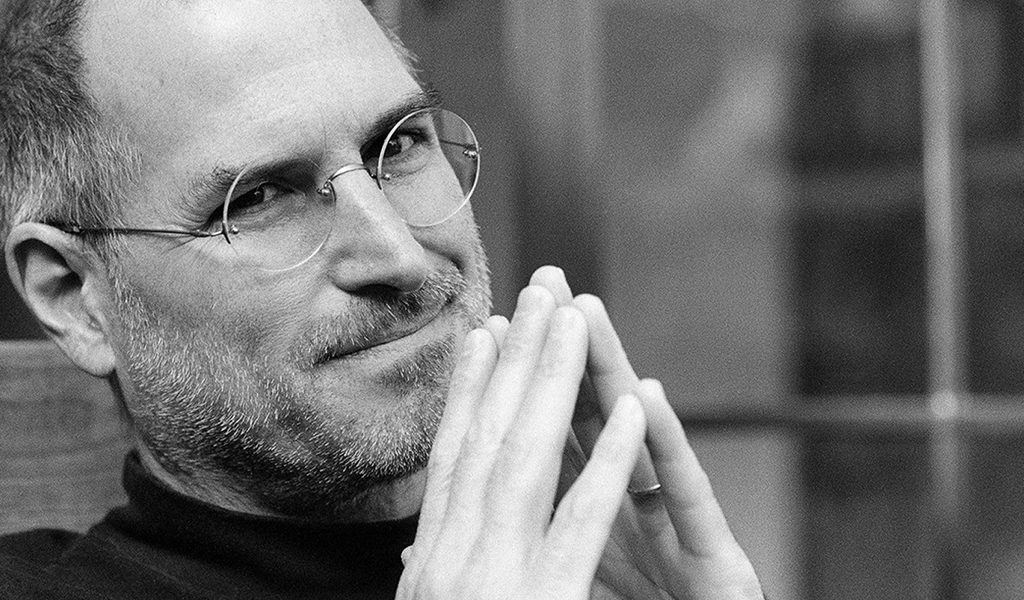The Conference Theme was SWITCH ON, TUNE IN, TAKE OFF IN THE NEW DIGITAL WORLD, which tries to the reality that Radio is now operating in a digital world. The topic assigned to me to cover as resource speaker was Radio: Living and breathing in the New Digital World.
Good Morning Dear Colleagues.
Thank you very much for inviting me to this year’s conference.
You have asked me to give my thoughts on radioin the digital world. I have four main points to share with you today:
My first point echoes this session’s theme: Radio is very much a living and breathing medium. The digital world presents radio with new business opportunities. It is up to you the media owners, of course, how to seize and monetize these opportunities.
In this day and age of information technology and cyber superhighways, people are still listening to radio. Sophisticated inventions in data sharing have not eroded the charm of tuning into the medium, not necessarily via the airwaves and the standard radio sets, but via other means of distribution and through new devices.
Radio, continues to offer two things that no other gadget can give: Human Connection & Practicality.
ON Human Connection:
Consider this:
Why is it that whenever we hear our songs being played on-air, they sound a thousand times better? Because the mystery and randomness of radio excite us every time.
Why is it that when radio DJs read our thoughts aloud we feel a certain rush? Because it’s always a warm feeling to know we belong, we are recognized, we are part of something, and we are heard.
On Practicality:
Radio will never die for it will continue to serve specific needs. Tablets can be a good source of news and information, but unless you have a driver, you can’t browse websites while clenched on the steering wheel. With a car radio, you just turn it on and you’ll hear the latest news from broadcasters while you’re traveling from point to point.
In times of calamities, when nothing’s left but a lighted candle and your transistor radio, essential news and announcements can still come to you.
Simple circumstances, but enough to show that radio will stay relevant and needed.
My second point is this, FOR RADIO TO CONTINUE to be a living and breathing medium, IT HAS TO FOLLOW ITS AUDIENCE WHEREVER THEY MAY BE.
Your audiences have started to live a double life: Offline and Online.
They now have the devices to do so: mobile phones, desktops and tablets.
They also have better ways to connect. Wi-Fi connection is widely accessible, and telcos are revamping their networks to provide more powerful data plans.
Gone are the days when a radio station’s coverage is determined by the power of its transmitter and antenna systems. Today’s technology makes possible for radio programs to be heard beyond the borders defined by the NTC, even beyond the country’s borders. It is now possible for radio stations to follow target audiences wherever they may be, anywhere in the world.
Therefore, for radio to continue to be a living and breathing medium, it has to be accessible via this generation’s devices: mobile phones, tablets, personal computers – on top of the usual personal radio sets. Audiences should be able to listen to radio programs not only via the airwaves, but also via the mobile or online networks.
Moreover, radio programs must not only be made available real time via live streaming but also for later listening via podcasts.
To be sure, quite a number of Philippine radio stations are now present in the World Wide Web. Digital appendages of radio stations have already broken down geographical barriers and time-zones, tapping a new market that could have never been realized in years past.
For example, via the iPhone app Radio Philippines, I could still listen to a Philippine station for my daily dose of news and socio-political tsismis even if I am abroad. And in Manila, I could still tune in.
Also, podcasts provide me the convenience of listening to my favorite radio shows at the most convenient time. to provincial radio stations to keep track of developments in my home town.
My only lament though is this: Most of these efforts are not actually initiated by the radio stations, but rather, by enterprising consolidators who make a reasonable business out of streaming live content of various radio stations.
My third point is this: CONTENT HAS TO ADJUST FOR RADIO TO CONTINUE TO BE RELEVANT
Several years ago, “Unilateral” is the best way to describe the interaction radio talents had with their listeners. This one-way street grounded the basic format of any radio show: play some music, raise a single topic to engage the audience, deliver the news and air some paid commercial spots.
This format has triumphantly endured the early surges of technological inventions, with listeners then calling in or paging in their responses or song requests (remember Pocket Bell and Easy-call?).
There also came the early days of the mobile phones where radio stations entertained “text” entries, but the cost attached to it became a limitation in itself.
These one-sided formats are now becoming less and less attractive as people got overwhelmed by the digital tide. The idea of online communities sprung forth as interaction-based sites prospered across the web, and people got addicted to it.
Radio just had to keep up, and it did quite impressively well. Finding out that their audiences now value closer interactions and the feeling of belongingness, local broadcasters knew they had to tweak the format: utilize not only their station websites, but more importantly, leverage the influence of social networking sites.
The mechanics of doing a radio show now includes the reactions and thoughts of listeners who tweet and post relentlessly, without censorship and free of charge. It’s as if two shows are happening simultaneously: the actual show in the airwaves and the other one on Twitter and Facebook.
Digital not only widens the market, it also enhances the whole radio experience; it gives a new dynamic and life to it. The on-air discussions of listeners’ texts, tweets and Facebook comments have become as essential as playing requested songs. Notably, half of twitter trending topics in the morning are topics from radio shows airing on different frequencies.
My fourth and final point is this: IN ORDER TO SURVIVE FINANCIALLY, RADIO MUST CONTINUE TO PROVIDE ADVERTISERS THE REQUIRED NUMBER AND QUALITY OF AUDIENCES DESIRED BY BRANDS.
We all know this is easier said than done. The secret is to keep your ear to the ground and never lose sight of your audience. And both advertisers and broadcasters have to respond quickly upon each discovery of an opportunity.
Moreover, what works for the advertisers now, may no longer be what they want to have tomorrow.
We all remember how this evolved:
It used to be plain and simple airing of the advertiser’s 30-second radio commercial. Then, they started discovering other ways of marketing their brands via radio: AOBs, brought-to-you-bys, announcers’ and Radio DJ’s discussions, and events to accompany spots.
Facebook and Twitter have now evolved into some sort of a digital arm of any radio station. On-air promos and ads would always have a “follow” or “like” element into it, encouraging listeners to visit and join the online communities of these brands.
The use of “hashtags” has become a common way for listeners to be heard and recognized by radio shows they regard as communities where they belong. For broadcasters, Twitter’s trending list has become a gauge of popularity.
Moreover, digital savvy advertisers do not only settle for the usual on-air exposure, they now clamor to get digital exposure as well. And stations with their own websites can take advantage of this reality: since they can now offer additional media values through their official websites: Page-skinning, Banner Ads, and a lot more unique executions to cater to different advertising needs.
To recap,
Radio is not dead and provided it makes adjustments given the current improvements in technology, it will continue to attract the next generation of listeners and advertisers.
How can the radio station owners ensure this happens?
I pointed out 3 action points:
- be where your listeners are, be present offline and online
- adjust content taking into consideration social media interaction; and,
- show advertisers that you have the audiences and that these audiences engage in conversations relevant to the equities the advertisers’ brand associates itself with.
Some of you have already done all these, but for those who have yet to do this, or are in the process of doing it, we may be able to help.
Thank you very much and good morning!







